Skip over navigation


Or search by topic
Number and algebra
Geometry and measure
Probability and statistics
Working mathematically
Advanced mathematics
For younger learners
Folding Flowers 2
Age 7 to 11
Challenge Level 





- Problem
- Getting Started
- Student Solutions
- Teachers' Resources
We had some good responses to this paper-folding task. Class 13 at Ninelands Primary sent in the following:
Children in Class 13 made lots of different patterns in folding flowers. It was quite difficult doing the first fold, so we used scrap paper. Once we could fold the paper correctly, it was easier to make the shape using A5 and A6 paper. Some of us found it hard to make the shape symmetrical but we enjoyed experimenting and making lots of different patterns, using our imagination and trial and error.
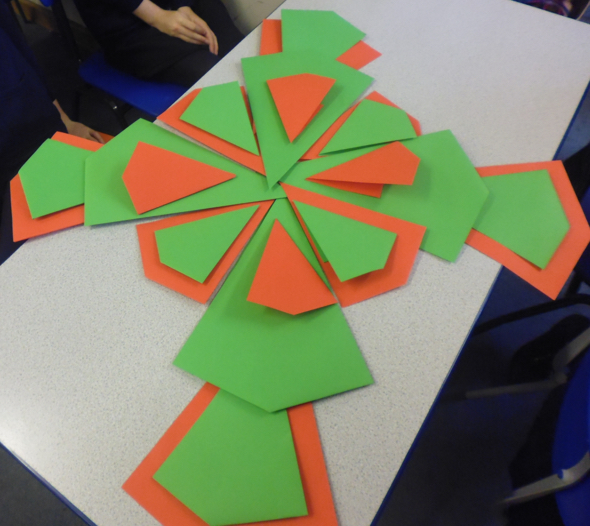
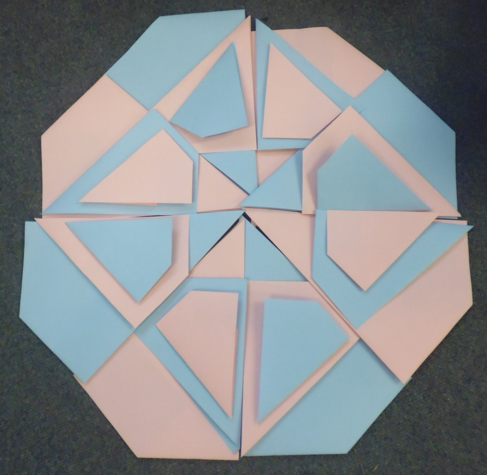
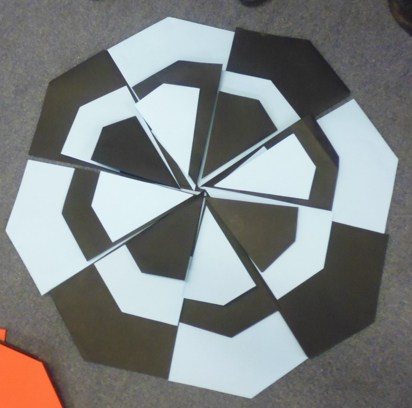
Sam and Millie from Barnby Road Academy told us:
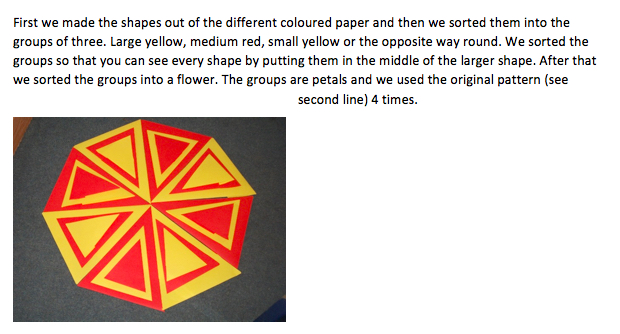
Finally Students from St Gabriel's School also had a go at Folding Flowers 2 and this is one of the solutions they came up with:
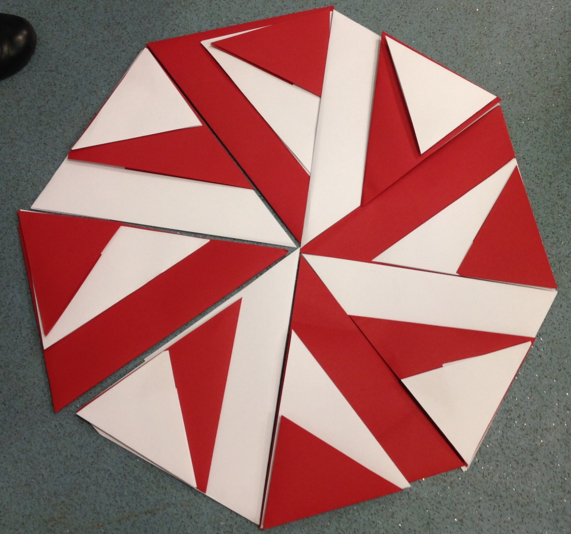
We had some late submissions from North London Collegiate School. They were as follows:-
The year 6's were Kate , Paris , Sherla , Chloe and Lana .
The year 5's were Gracie, Lana, Siya, Avril Chloe and Rali
The year 4's were Maya, Ella, Irene, Karina. Roshni, Liv, Imani, Anika, Ahana.
Here are their lovely creations:-
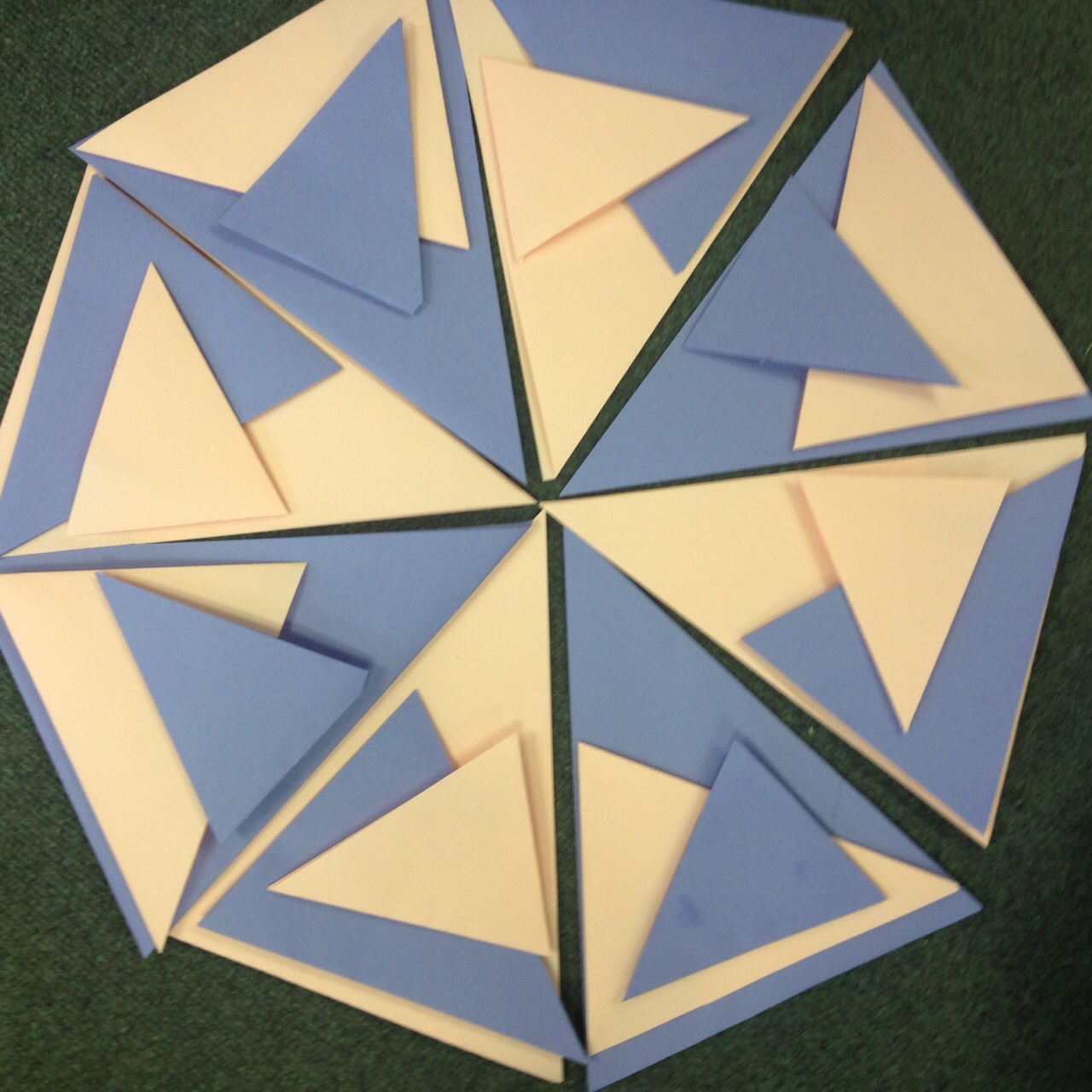

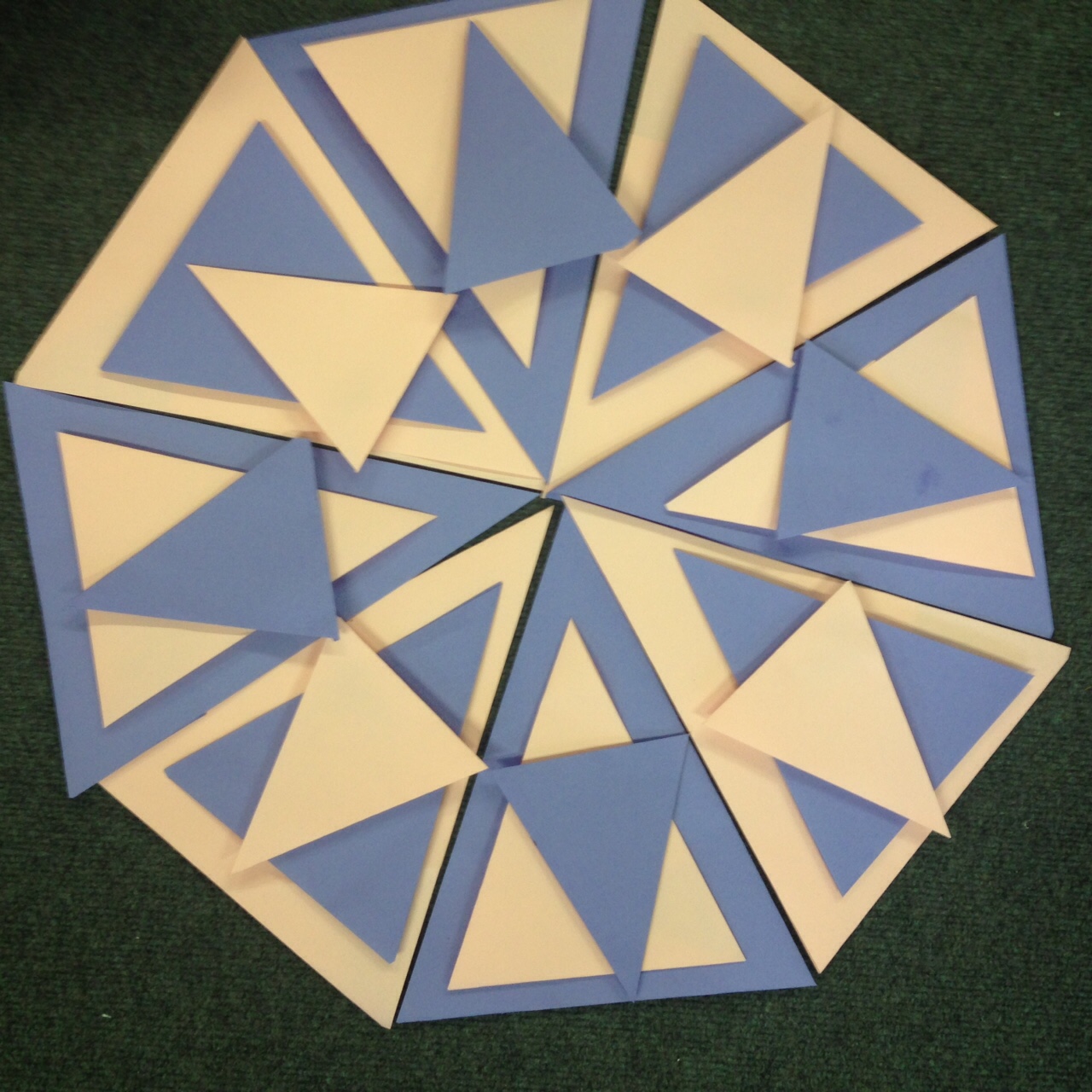
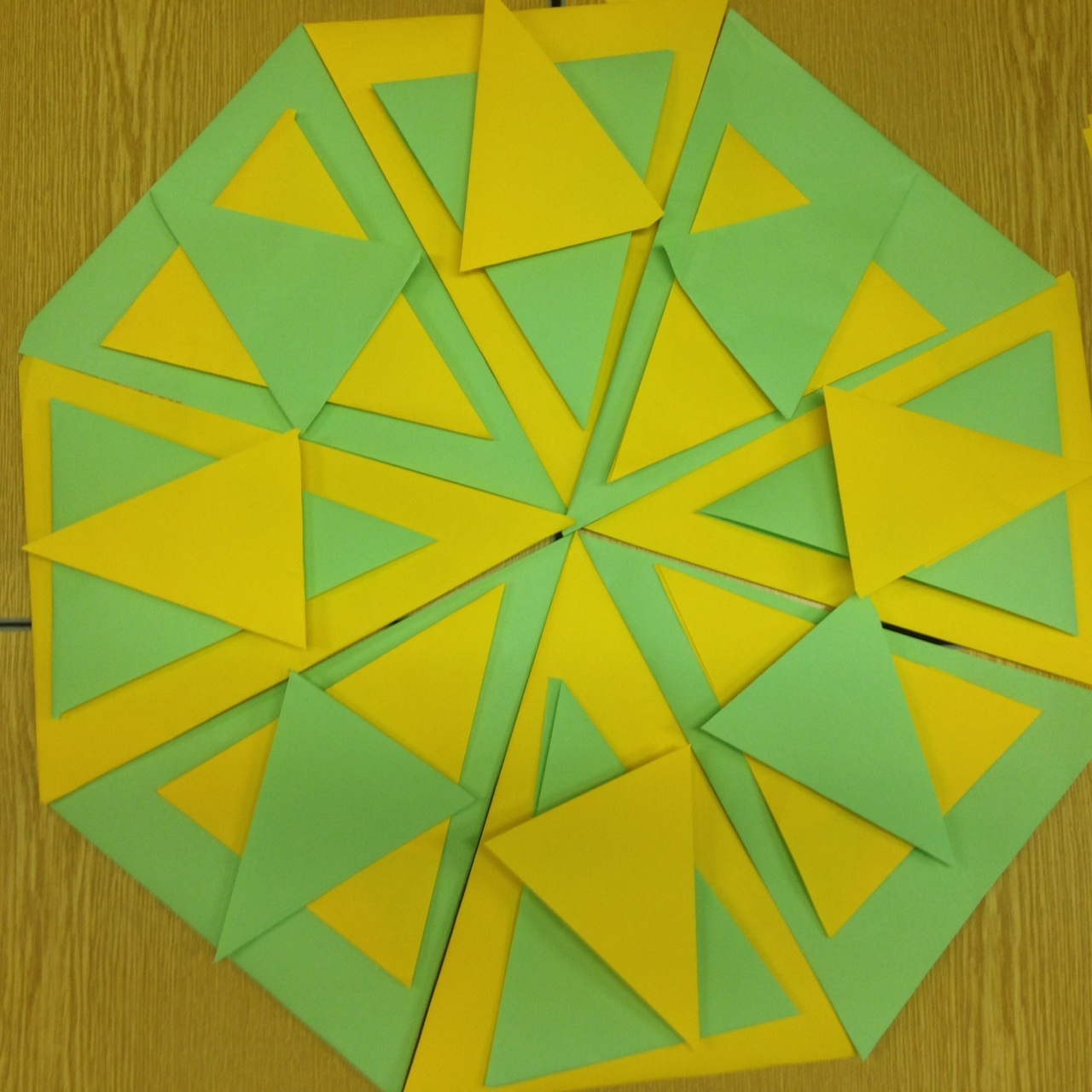
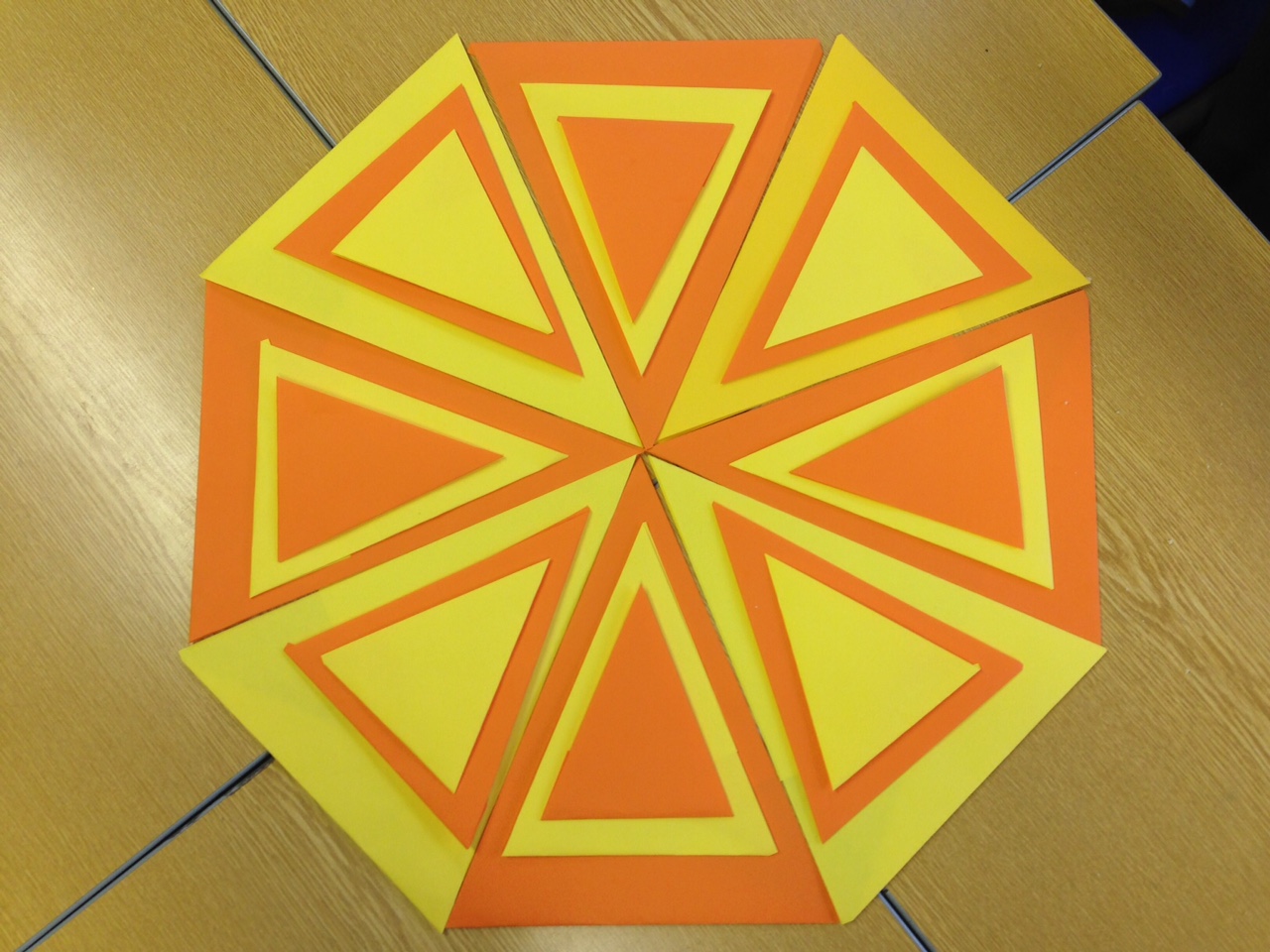
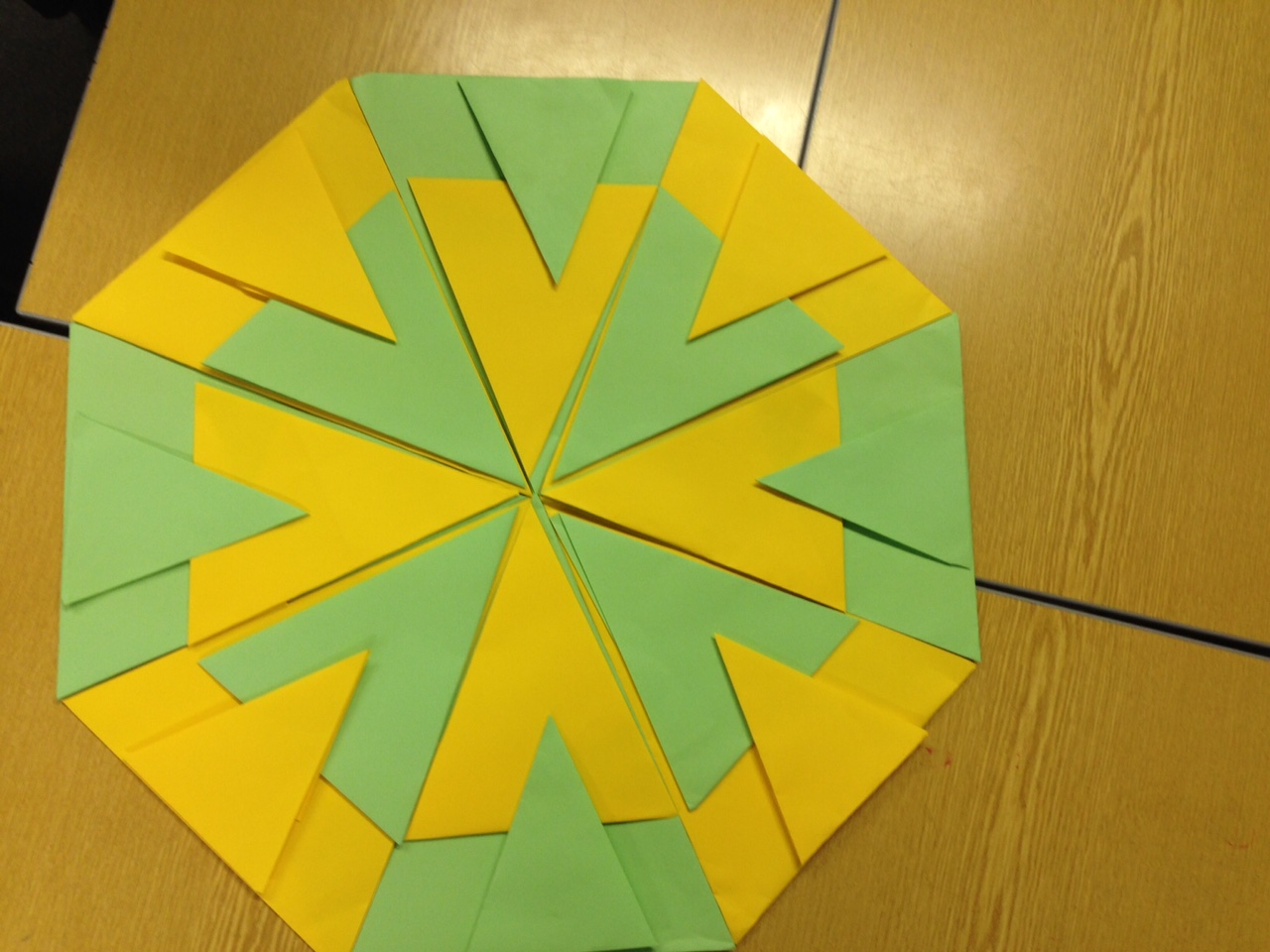
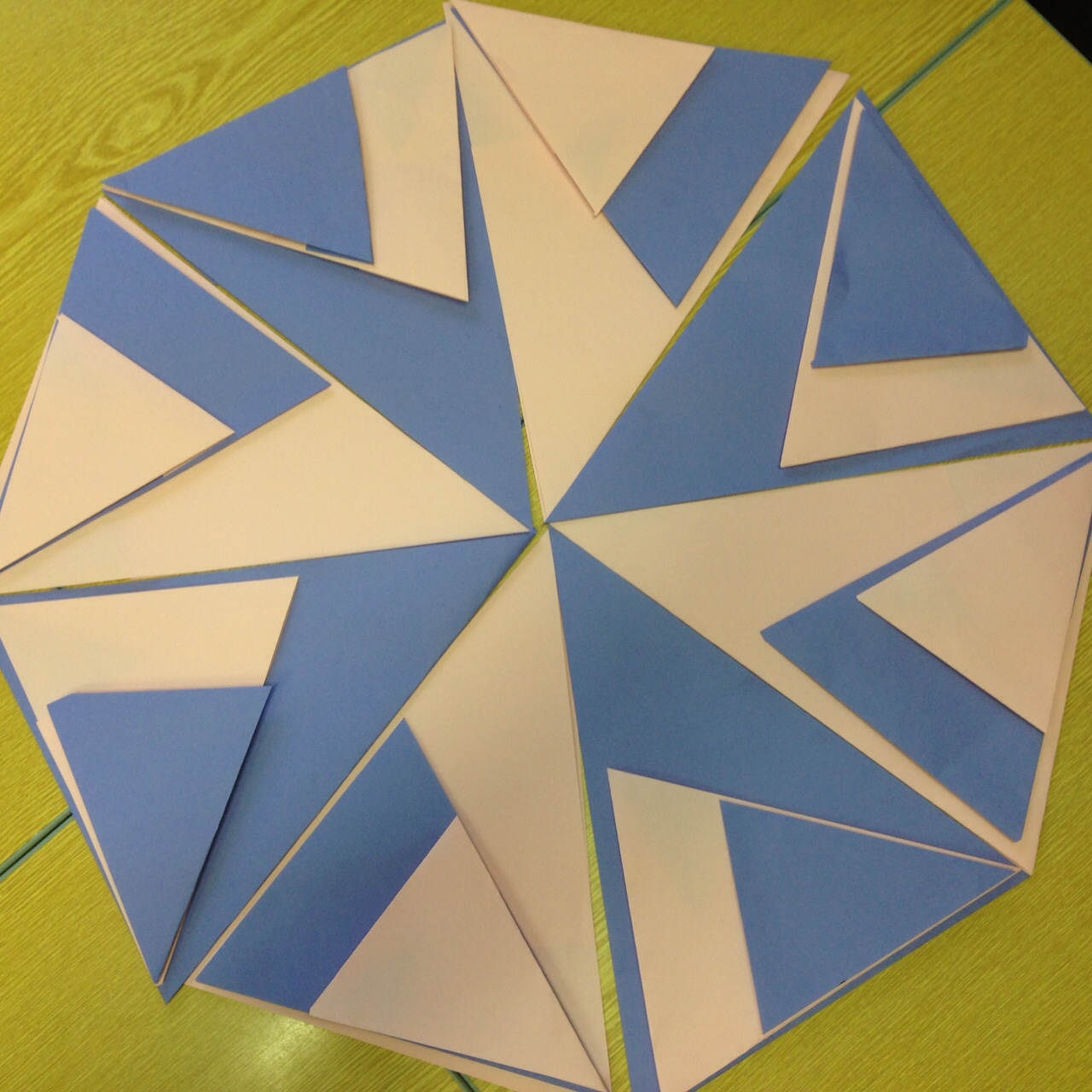
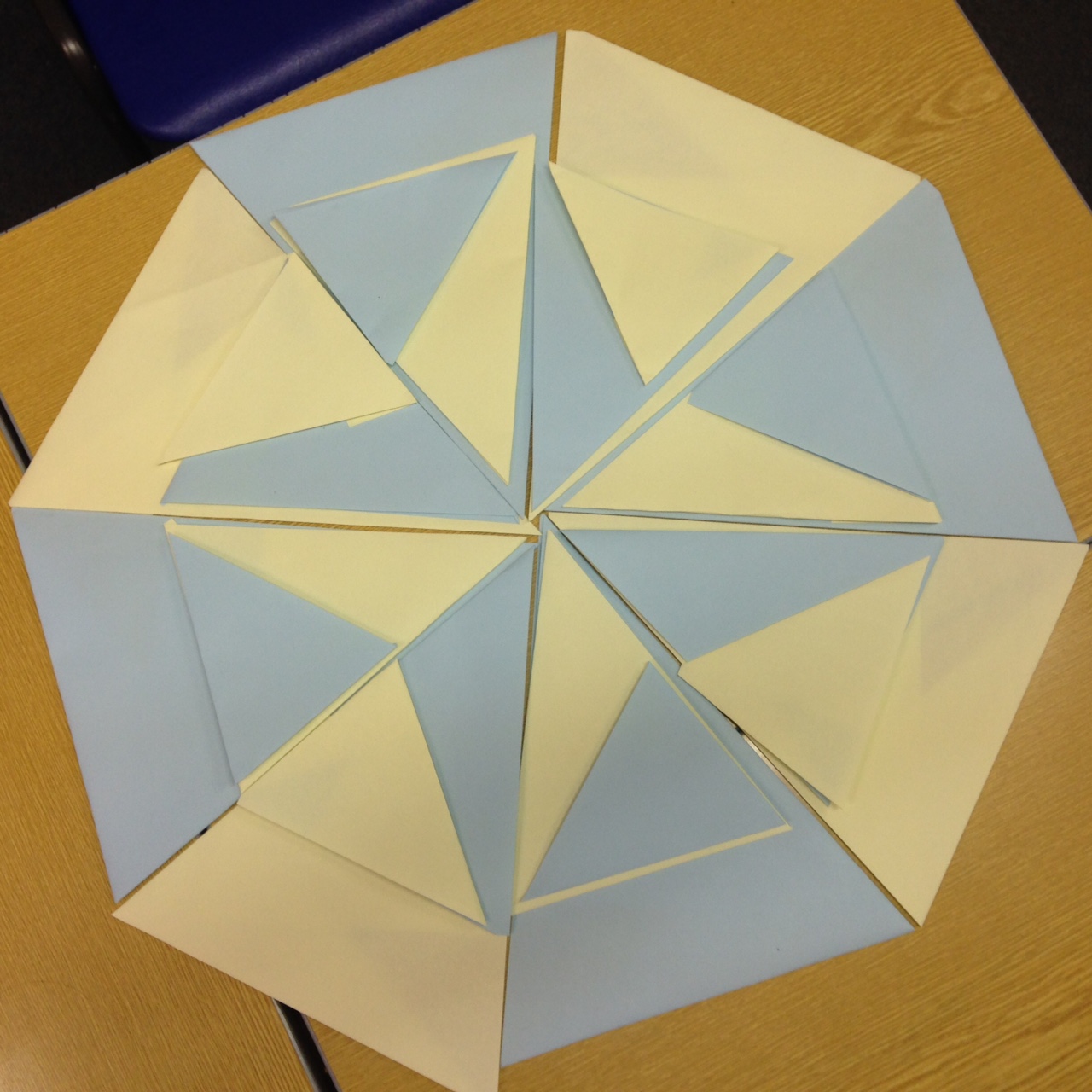
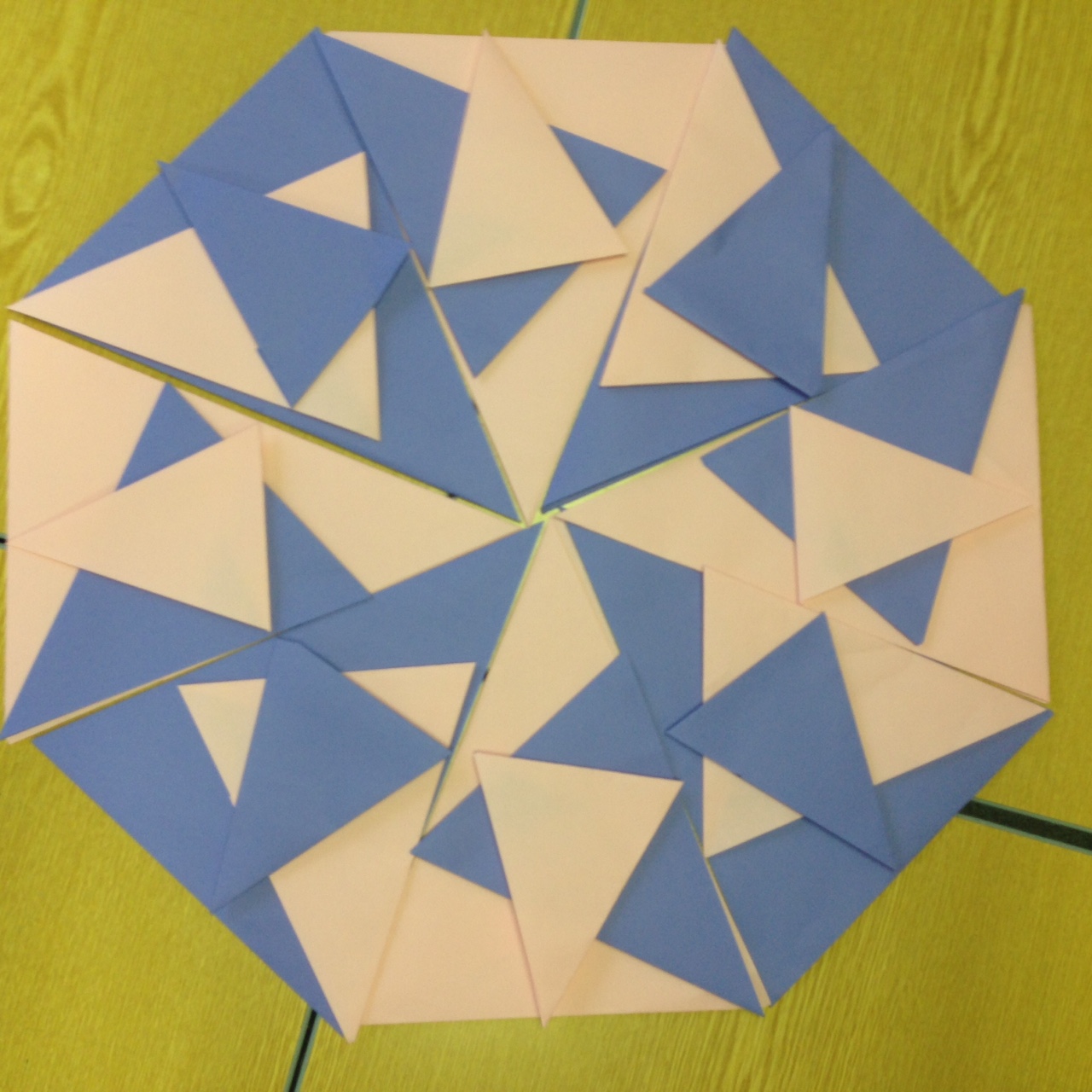
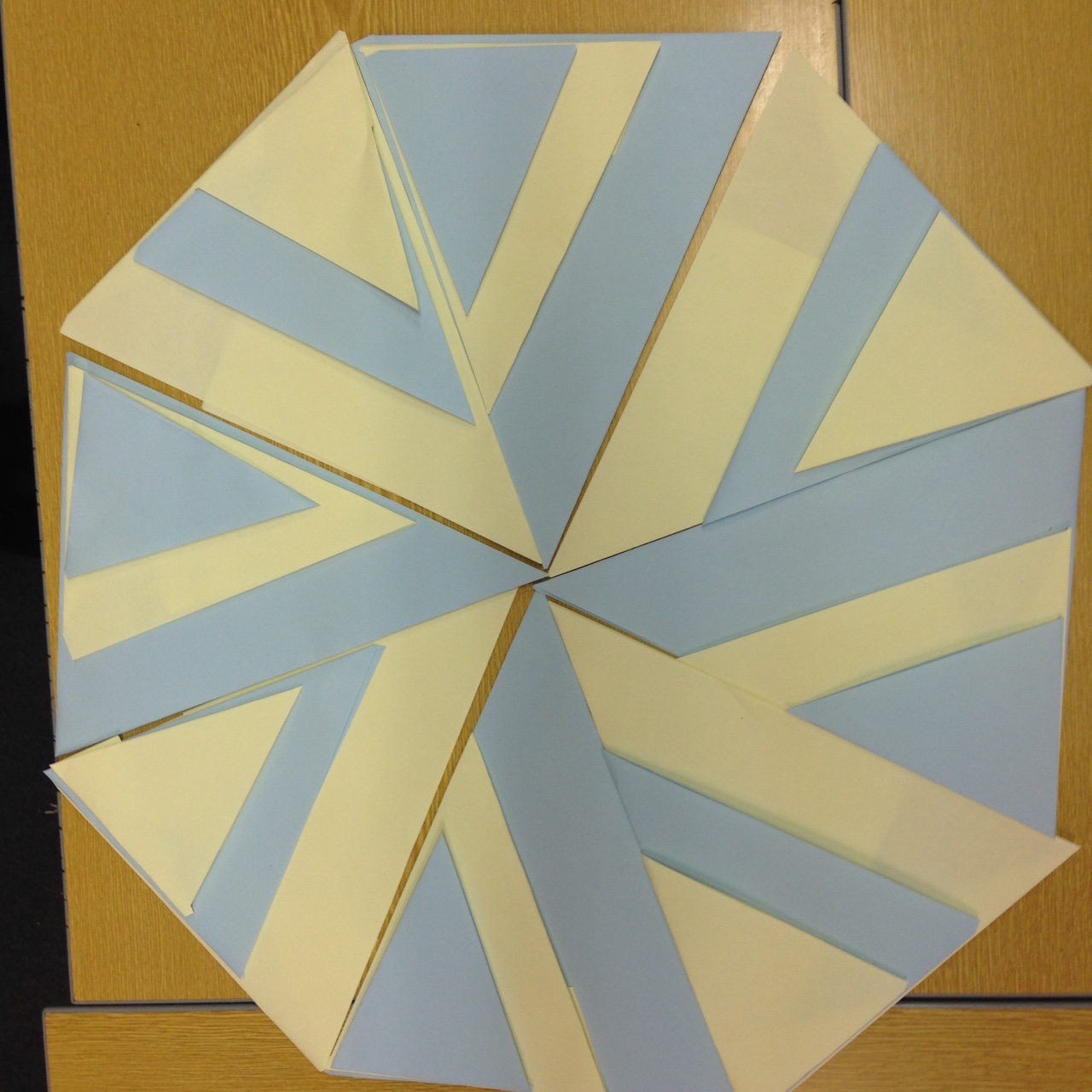
Well done all of you. I am sure there are others who worked on producing shapes but did not send pictures in.
Children in Class 13 made lots of different patterns in folding flowers. It was quite difficult doing the first fold, so we used scrap paper. Once we could fold the paper correctly, it was easier to make the shape using A5 and A6 paper. Some of us found it hard to make the shape symmetrical but we enjoyed experimenting and making lots of different patterns, using our imagination and trial and error.



Sam and Millie from Barnby Road Academy told us:

Finally Students from St Gabriel's School also had a go at Folding Flowers 2 and this is one of the solutions they came up with:

We had some late submissions from North London Collegiate School. They were as follows:-
The year 6's were Kate , Paris , Sherla , Chloe and Lana .
The year 5's were Gracie, Lana, Siya, Avril Chloe and Rali
The year 4's were Maya, Ella, Irene, Karina. Roshni, Liv, Imani, Anika, Ahana.
Here are their lovely creations:-

Well done all of you. I am sure there are others who worked on producing shapes but did not send pictures in.
You may also like
Cutting Corners
Can you make the most extraordinary, the most amazing, the most unusual patterns/designs from these triangles which are made in a special way?
Bracelets
Investigate the different shaped bracelets you could make from 18 different spherical beads. How do they compare if you use 24 beads?

